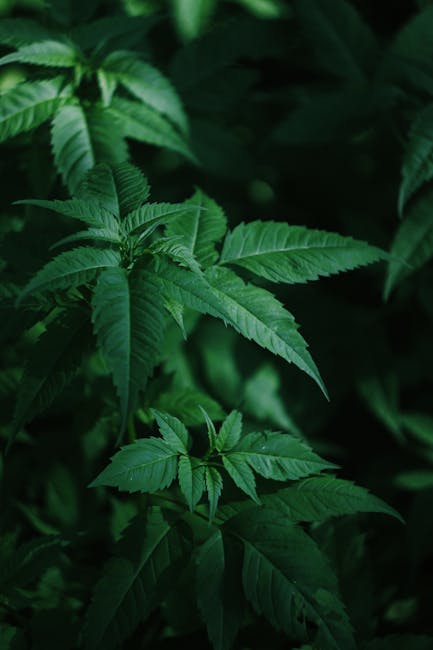Cocaine is a powerful stimulant drug known for its euphoric effects, but the quality of cocaine can vary significantly. High-quality cocaine is distinct due to several factors, including its purity, texture, and production process.
Purity
The purity of cocaine is a critical factor in determining its quality. High-quality cocaine has a higher purity level, typically above 90%, which means it contains fewer impurities and adulterants. This higher purity level results in a more intense and longer-lasting high.
Texture and Appearance
High-quality cocaine often has a distinct texture and appearance. It typically appears as a fine, white powder with a smooth texture. The texture can range from fluffy to rock-like, depending on the production method and the presence of impurities.
Production Process
The production process of high-quality cocaine involves several steps, including harvesting, extraction, and purification. The coca leaves are harvested from the coca plant, and then the cocaine alkaloid is extracted and purified using various methods, such as solvent extraction or chemical purification.
Chemical Composition
High-quality cocaine has a distinct chemical composition, which includes the presence of cocaine hydrochloride, the primary active ingredient. The chemical composition can affect the potency, duration, and quality of the high.
Adulterants and Impurities
High-quality cocaine typically contains fewer adulterants and impurities, such as lidocaine, benzocaine, or sugar, which are often added to increase the volume or weight of the product. The presence of these adulterants can reduce the quality and potency of the cocaine.
Methods of Production
There are several methods of producing high-quality cocaine, including the solvent extraction method and the chemical purification method. The solvent extraction method involves using a solvent, such as ether or acetone, to extract the cocaine alkaloid from the coca leaves. The chemical purification method involves using chemicals, such as hydrochloric acid, to purify the cocaine.
Impact of Production Methods
The method of production can have a significant impact on the quality of the cocaine. For example, the solvent extraction method can result in a higher purity level, but it can also be more dangerous due to the use of flammable solvents. The chemical purification method, on the other hand, can result in a more consistent product, but it can also be more expensive.
Regional Variations
There are also regional variations in the production of high-quality cocaine. For example, cocaine produced in South America is often considered to be of higher quality due to the favorable climate and soil conditions. Cocaine produced in Central America and Mexico is also considered to be of high quality, but it may be more prone to adulteration.
Quality Control
Quality control is an essential aspect of producing high-quality cocaine. This involves testing the product for purity and potency, as well as ensuring that it meets certain standards. There are several methods of testing cocaine, including gas chromatography and mass spectrometry.
Effects of High-Quality Cocaine
High-quality cocaine can produce intense and immediate effects, including a rapid increase in energy, alertness, and euphoria. The effects can last for several hours, depending on the dosage and method of consumption. However, it is essential to note that the use of cocaine, regardless of its quality, can lead to severe physical and mental health consequences, including addiction, cardiovascular problems, and respiratory issues.
Risks and Consequences
The risks and consequences associated with high-quality cocaine are numerous and can be devastating. Overdose is a significant risk, as the high potency of the drug can lead to accidental ingestion of a lethal dose. Additionally, the use of cocaine can lead to long-term health problems, such as heart disease, stroke, and respiratory failure. Furthermore, cocaine use can also have severe social and economic consequences, including financial problems, relationship issues, and employment difficulties.
Legality and Availability
High-quality cocaine is a controlled substance in most countries, and its production, distribution, and possession are strictly regulated. The illegal cocaine trade is a significant concern, as it can lead to violence, corruption, and organized crime. The availability of high-quality cocaine can vary depending on the region, with some areas having a higher demand and supply than others.
Law Enforcement Efforts
Law enforcement agencies around the world are working to combat the production and distribution of high-quality cocaine. Interdiction efforts focus on disrupting the supply chain, while investigations and prosecutions target those involved in the cocaine trade. Additionally, public education campaigns aim to raise awareness about the risks and consequences associated with cocaine use.
For those struggling with cocaine addiction, seeking professional help is crucial. Treatment programs and support groups can provide the necessary tools and resources to overcome addiction and achieve long-term recovery.







The section on purity was particularly interesting to me. It\
I appreciated the discussion on chemical composition and how it affects the potency and duration of the high. This information is crucial for understanding what makes high-quality cocaine.
The author does a great job of explaining the production process of high-quality cocaine. The steps involved in harvesting, extraction, and purification are fascinating.
The article highlights the importance of looking for fewer adulterants and impurities in high-quality cocaine. This is valuable information for anyone looking to understand the differences between high-quality and low-quality cocaine.
I found this article to be incredibly informative and well-researched. The author provides a thorough explanation of what makes high-quality cocaine distinct from lower-quality varieties.
Overall, I found this article to be engaging and informative. The author provides a comprehensive overview of what makes high-quality cocaine distinct and how it is produced.